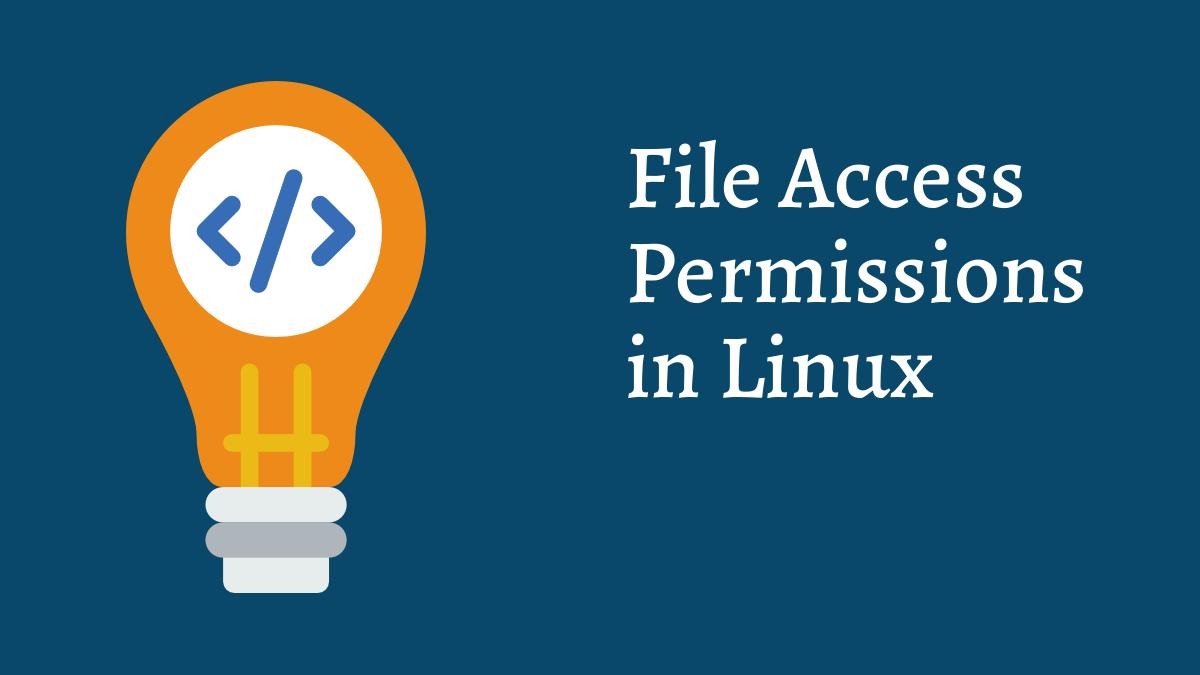Day 6 : File Permissions and Access Control
 Naushad Khan
Naushad Khan
Hello everyone! On Day 6 of my #90DaysOfDevOps challenge, I learned about file permissions and access control lists (ACL) in Linux. These are crucial concepts for managing who can access and change files on a system. Here’s what I did today:
What Are File Permissions? 🛡️
In Linux, every file has permissions that decide who can read, write, or run it. There are three categories of users:
Owner: The person who created the file.
Group: Other users who have special access to the file.
Others: Everyone else who uses the system.
Tasks for the Day:
1. Create a File and Check Permissions
I created a simple file and used this command to check the permissions:
ls -ltr
This showed me who can access the file and what they can do with it.
2. Change Ownership and Permissions
- I used chown to change who owns the file:
chown newowner filename.txt
- I used chgrp to change the group permissions:
chgrp newGroup filename.txt
- I used chmod to change the file's permissions. For example, to give only the owner read and write permissions:
chmod 600 filename.txt
3. Learn About Access Control Lists (ACL)
ACLs give more detailed control over who can access files. I used these commands:
- Set permissions for a specific user:
setfacl -m u:username:rwx my_directory
- Check the ACL permissions:
getfacl my_directory
Extra Tasks:
4. Change Permissions for Multiple Files
I wrote a script to change permissions for all files in a directory at once:
#!/bin/bash
echo "Enter permission (e.g., 755):"
read perm
chmod $perm *
echo "Permissions updated for all files."
5. Set ACL for a User via Script
Another script I made sets ACL permissions for a user on a file:
#!/bin/bash
echo "Enter the filename:"
read filename
echo "Enter the username:" read username
setfacl -m u:$username:rw $filename
echo "ACL set for $username on $filename."
6. Learn About Sticky Bit, SUID, and SGID
I explored some special permissions:
- Sticky Bit: Only the file owner can delete files in a directory.
chmod +t /shared/directory
- SUID: Files can run with the file owner’s permissions.
chmod u+s /usr/bin/someprogram
- SGID: Files in a directory inherit the group of that directory.
chmod g+s /shared/directory
Backup and Restore File Permissions 💾
I also wrote scripts to back up and restore file permissions:
- Backup permissions:
ls -l > permissions_backup.txt
- Restore permissions:
while read line; do chmod $line; done < permissions_backup.txt
Final Thoughts🎶
Today’s tasks were all about controlling file access in Linux, which is super important for keeping systems secure. I’m learning so much as I continue this journey!
Subscribe to my newsletter
Read articles from Naushad Khan directly inside your inbox. Subscribe to the newsletter, and don't miss out.
Written by

Naushad Khan
Naushad Khan
DevOps engineer with a passion for automation, CI/CD, and cloud platforms like AWS. I bridge dev and ops, optimizing workflows and sharing insights through technical blogs. Let’s automate the future! 🌐⚙️